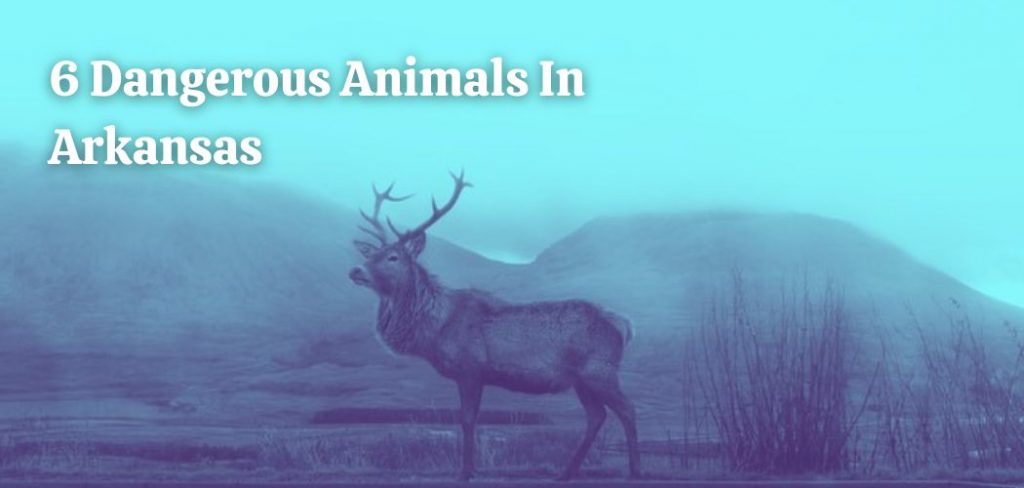Looking to visit Arkansas as a tourist or hoping to camp out as a local?
Curious and concerned about wildlife encroaching on your safety?
Nicknamed “The Natural State”, Arkansas is home to incredible scenery, mountains, lakes, clear skies, and a rich variety of flora and fauna that attracts thousands of tourists each year.
If you are a nature lover exploring the gorgeous landscape of Arkansas, you should be on the lookout for these dangerous animals.
Dangerous Animals found in Arkansas
Now for most animals, dangerous or otherwise, the general principle is that if you don’t bother them they don’t bother you but it’s especially important to stay away from animals on this list.
Black Bear
In recent years, the population of Black bears in Arkansas has increased tremendously because of their reintroduction into the habitat by the Arkansas Game and Fish Commission.
For some, this signifies “the revival of wildlife in Arkansas” but others might fear for the safety of livestock and humans as well.
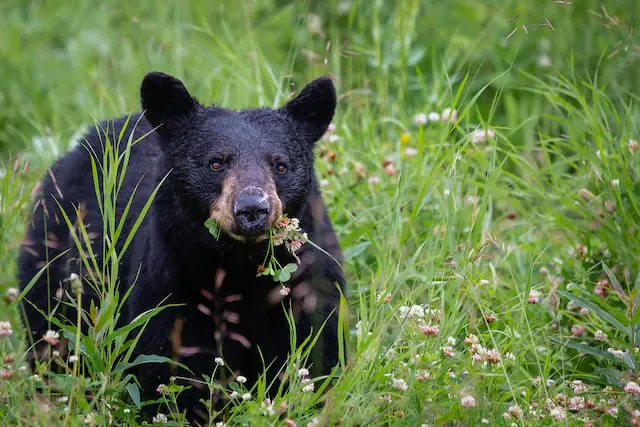
Most black bears live secluded from human activity, and the chances of you being fatally attacked by a bee are much higher in contrast to being attacked by a black bear.
However, some situations may cause Black Bears approaching or attacking people.
Here, the best plan of action is to stand your ground and not play dead!
Instead, you want to appear bigger and make as much noise as possible to startle and scare away the bear.
Do not run or the bear will chase you.
Venomous Snakes
Since about 36 different species of snakes are found in Arkansas, you’re bound to cross paths with some of them while touring the forests, fields, and marshes.
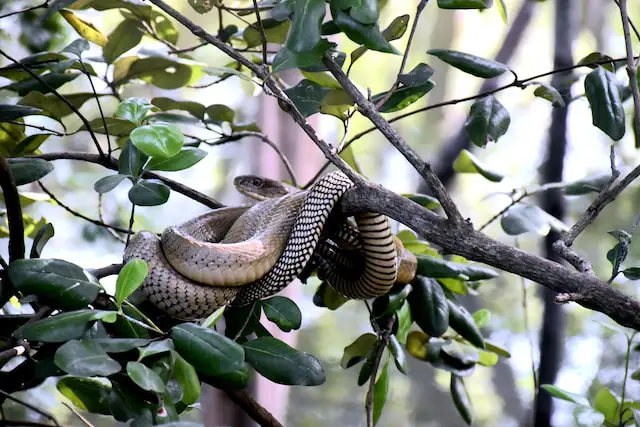
However, most of them like the milksnake and scarlet snake are completely harmless.
Only six types of venomous snakes exist in Arkansas.
Coral snake
The coral snake is found in at least five counties in Southern Arkansas and is recognized by the distinct red and yellow bands on its body.
It releases a neurotoxic venom that temporarily paralyzes its prey.
The remaining five types of snakes have a hemotoxic venom that disintegrates the tissues of the injected prey.
These snakes also have a triangular “pit” between their eyes and nostril (which is a heat-sensing organ) and are thus called pit vipers.
Venomous snakes also have cat-like, vertically elongated pupils. In comparison, non-venomous snakes have rounded pupils.
Of these, the cottonmouth is the more threatening and is found near water bodies.
Its name refers to the cotton coloring inside its mouth, visible when the snake is about to attack.
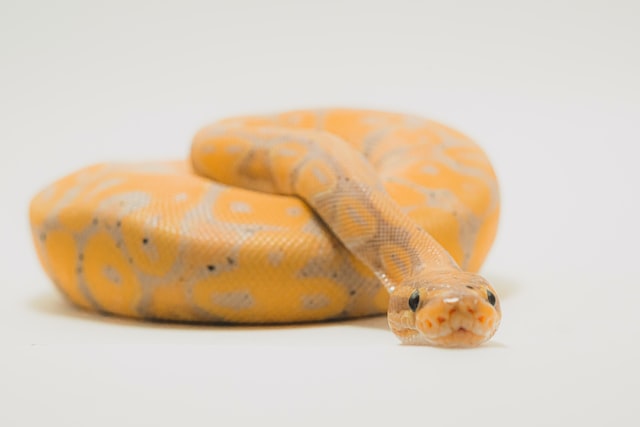
The copperhead with its rusty-brown coloring and hourglass markings is often found camouflaged on land
Pygmy or “ground” rattlesnake and diamondback rattlesnake are also found in the southern Ouachita Mountains, Arkansas Valley, and the southwestern Ozarks.
The diamondback has a black and white pattern on its tail giving it the name “coontail”.
Despite their venomous nature, these snakes are not an enormous danger and have not caused a fatal wound since 1960.
Regardless, if you were bit by a snake, seek medical help immediately.
Scorpions
It is common for scorpions to occur in warmer regions.
The striped bark scorpion is the specie most commonly found in Arkansas.
Even though Scorpions in Arkansas can leave behind a painful sting, their poison is not life-threatening.
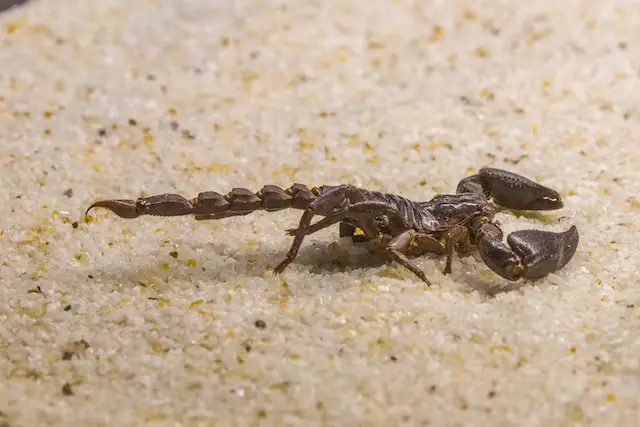
However, some people mostly children may have an allergic reaction to it.
Symptoms may include swelling of the face, nose, and throat accompanied by a high fever.
Here, get to a doctor as soon as possible.
Alligators
In Arkansas, Alligators can be dated back to thousands of years, but over the years their population has been significantly depleted because of unregulated hunting.
The Alligators inhabiting Arkansas are massive with the largest male alligator ever discovered about 14 feet and weighing over 800 lbs!
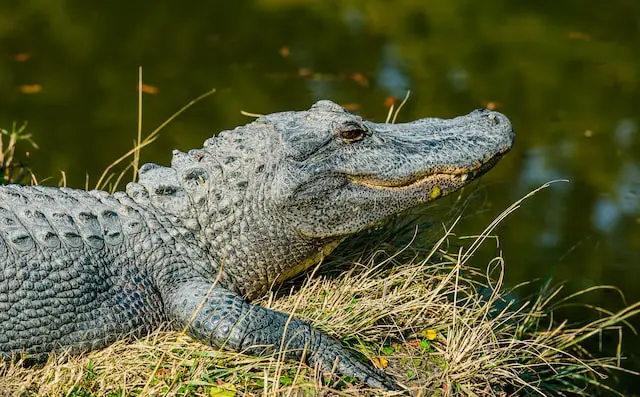
The chances of you meeting an alligator in the wild are pretty low.
But if you’d like to learn more about the local alligators or snap a cool picture, you can visit the Arkansas Post, Millwood State Park near Ashdown, or the Arkansas Alligator Farm & Petting Zoo in Hot Springs.
One very important precaution is to never feed an alligator unsupervised and never go too close.
Venomous Spiders
The Black Widow spider is easy to recognize with its striking black body and red or yellow hourglass markings or bands on its abdomen.
It prefers to build its coarse silky web in dark or dirty places such as under ledges, rubble, or trash.
The bite of a Black widow is 15 times as poisonous as the bite of the prairie rattlesnake!
Soon after being bit, you will feel pain radiating across the limb and extending to the back or abdomen.
Other symptoms may include painful muscle spasms or cramps, tremors, nausea, vomiting, slight speech defect, and low fever.
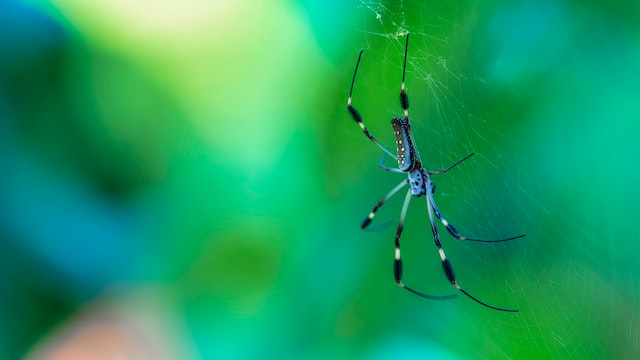
The Brown Recluse is as the name suggests a recluse and mostly retreats instead of being aggressive.
Most people are bit by it if they wear clothes stored in a place with these spiders or roll over in an infested bed.
It is difficult to know when you have a bite as the sensation is akin to a pinch but the pain gradually increases in severity over several hours
The effect of the venom is necrotic.
This means it tears the flesh and exposes the muscle underneath, eventually leaving behind a “hole punch scar” when healed.
Right after you identify the bite of a venomous spider, clean the site of infection, apply a cloth soaked in cold water to the site, and tie a snug bandage above the wound to suppress the flow of venom to the rest of the body.
Seek immediate medical help.
Deers
Rounding off this list is an unsuspecting member.
Now when you think of deers, you’re probably thinking of something adorable like Bambi.
Unfortunately, Deers are the leading cause of vehicle collisions in the USA.
It was reported that in 2016 alone, nearly 440 people died in the USA because of vehicle collisions occurring because of deers.

22,100 deer-related collisions transpired in Arkansas alone.
Although the probability of you encountering one of these animals is low, it’s still a good idea to be aware of them and also be prepared in case of an emergency.
No Worries
Ultimately, most of these animals are not aggressive and not looking to attack.
So it’s best to respect their existence and their contribution to the ecosystem and leave them
alone.
In return, you’ll peacefully experience the wild and stunning beauty of Arkansas!
